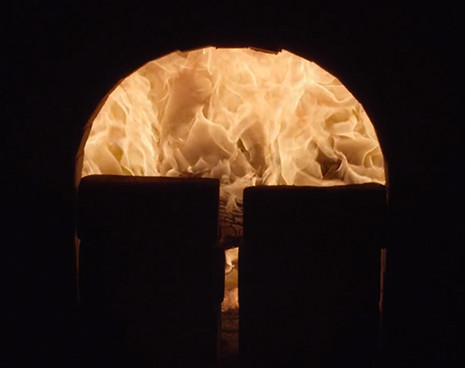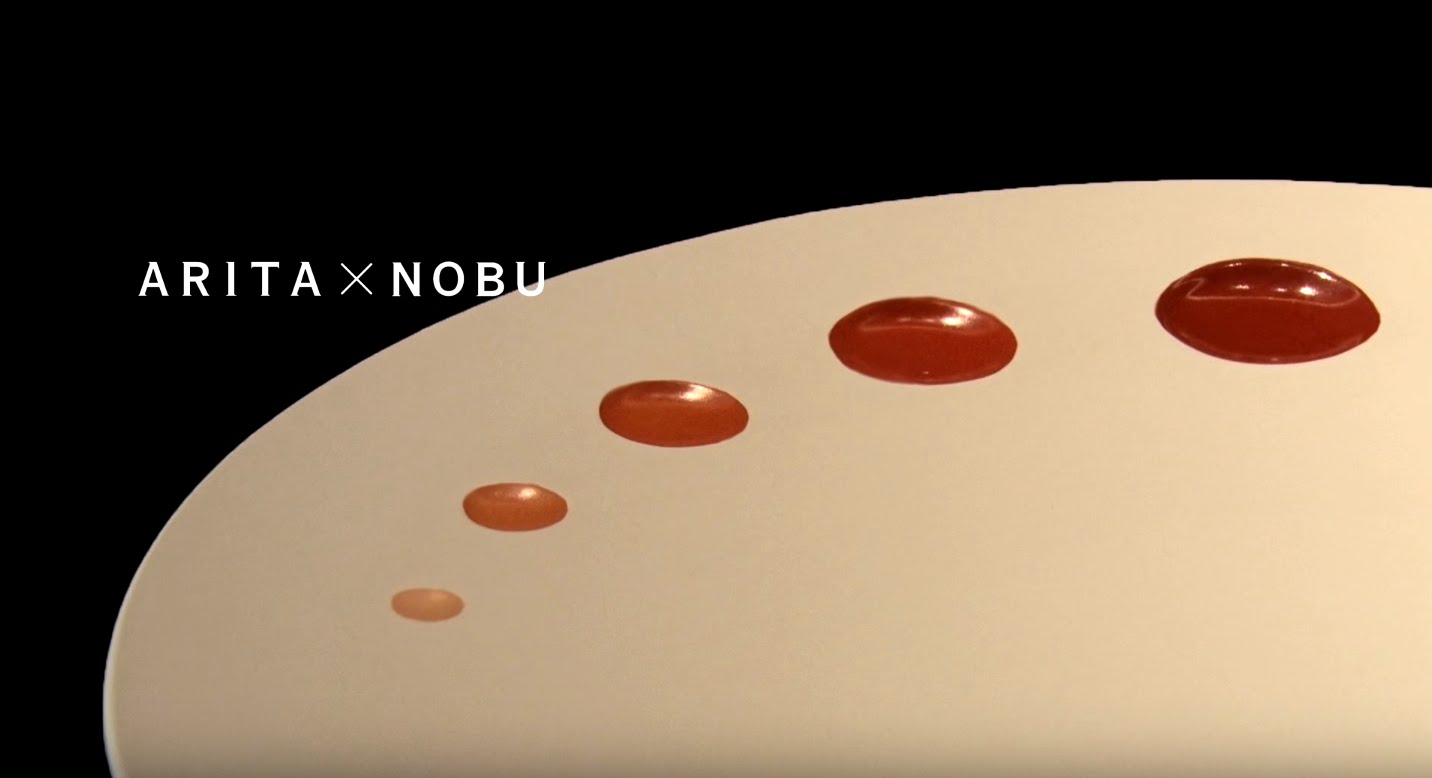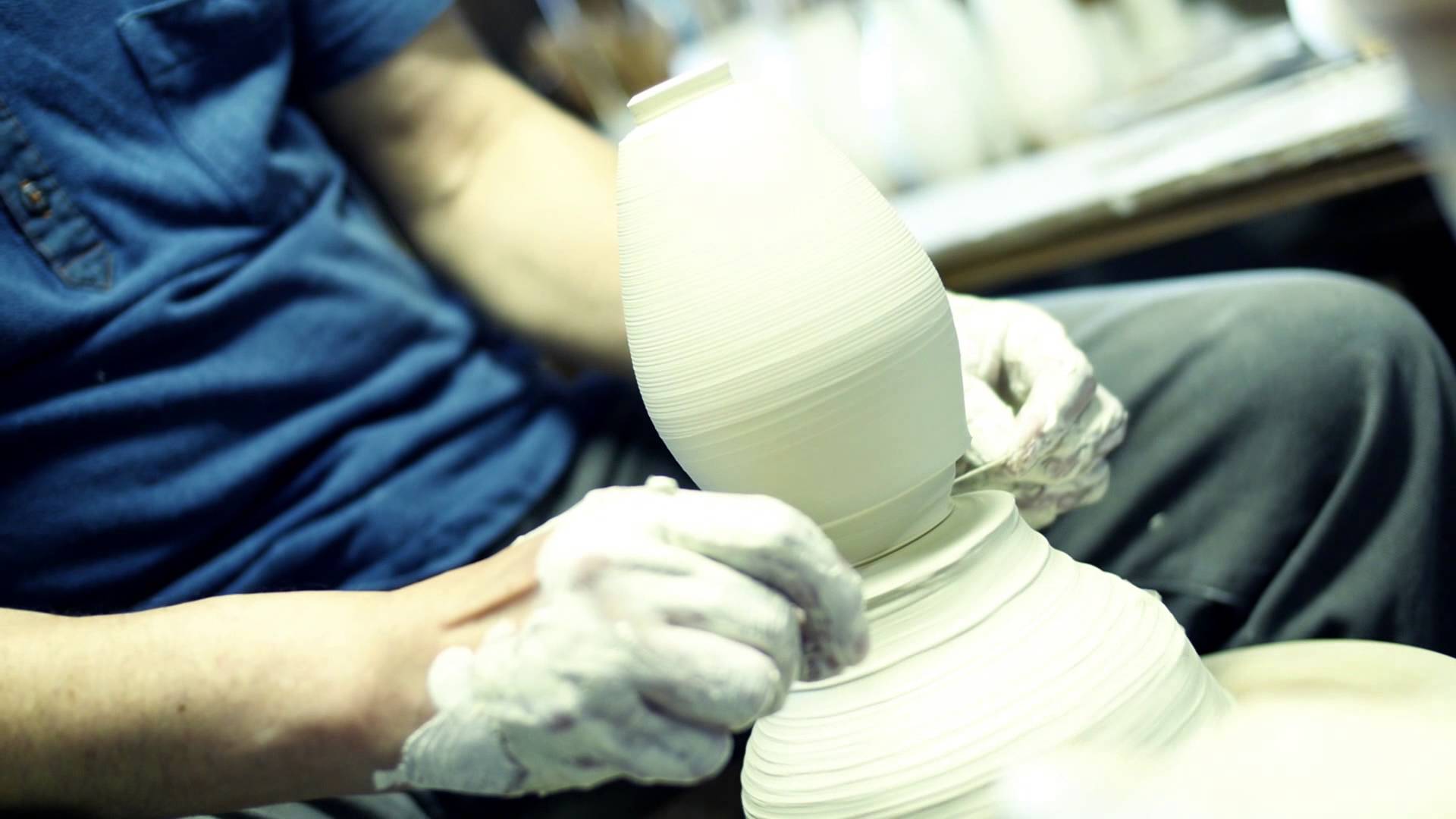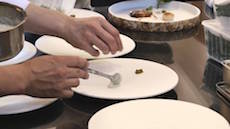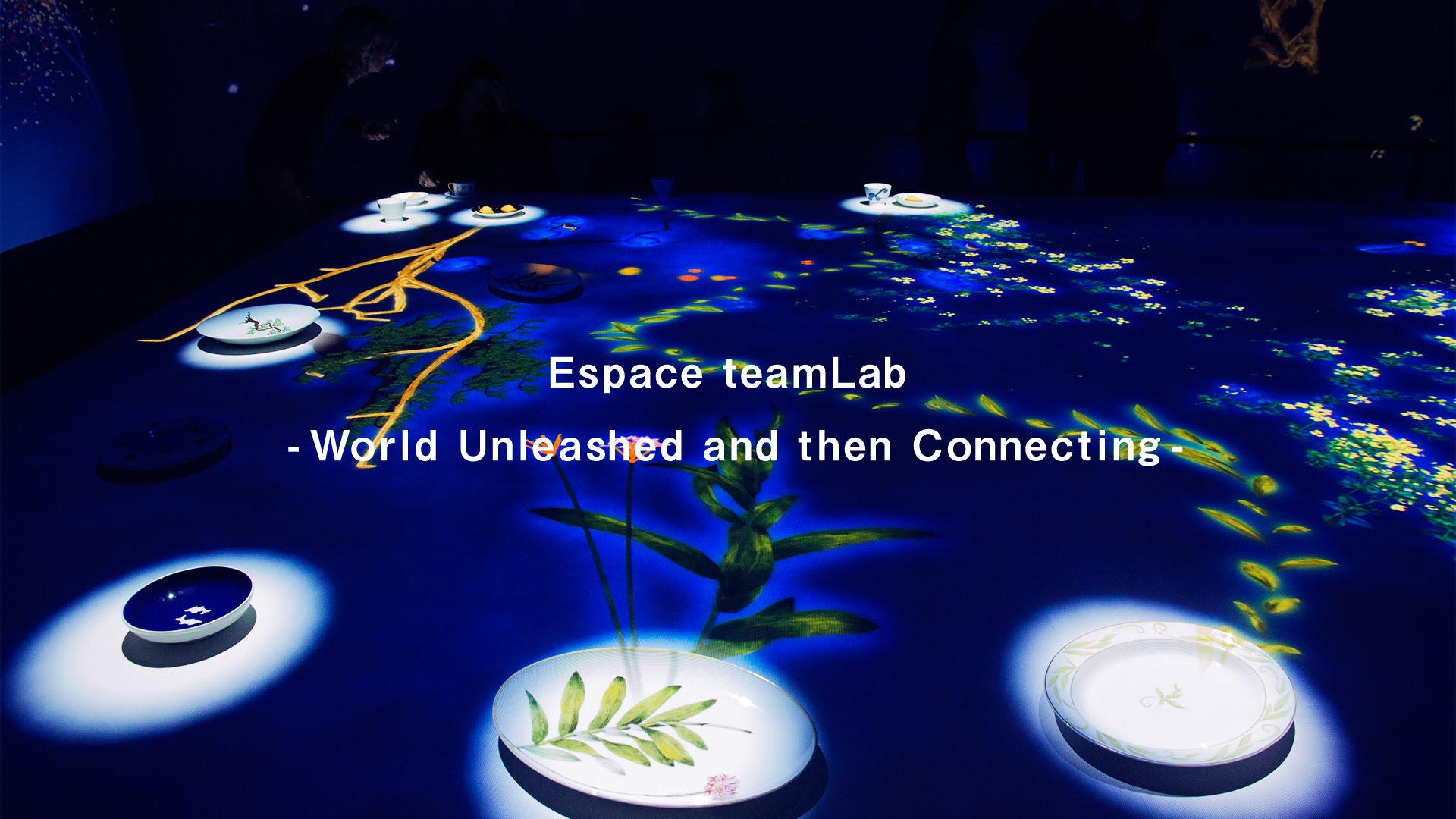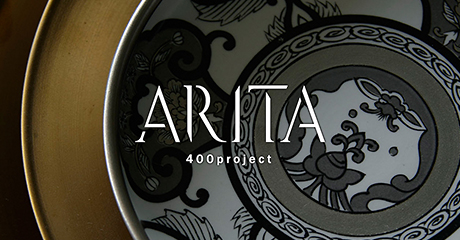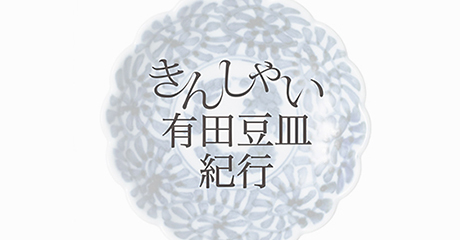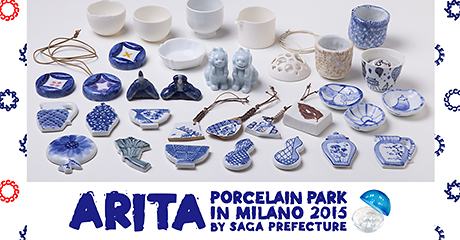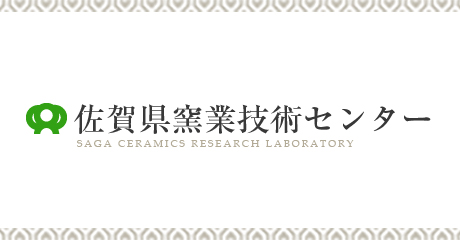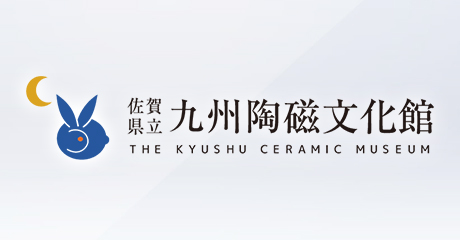1616: Porcelain first fired in Japan
At the end of the Keicho Period War, Korean potters were carried off to Japan by the Lord of the Saga domain, and these skilled artisans would first fire pottery in the Kinryu neighborhood of Saga City. Some years later they were relocated to the present-day Taku City area, at that time a fief belonging to the Taku family who for generations served as the chief retainer of the Saga domain.※1。
Concerning the birthplace and early production of Arita porcelain, the excavation of the Tengudani Old Kiln site in Arita from 1965 to 1970 has yielded much new information. The dig and discovered artifacts confirmed the birth year as 1616 and the birthplace as Tengudani as alluded to in the passed down Taku family documents entitled the “Record of Hizen Kilns.”
The excavation revealed three groups of potters with different firing techniques in Tengudani, and in the early days porcelain and pottery were both fired. It is presumed that during the 1610s, various kinds of materials and firing techniques were tried, and through numerous trial and error experiments, a method to reliably fire porcelain was discovered.
In 1616, the potter Yi Sam-pyeong (Japanese name: Kanagae Sambei) and his family moved to the Uchiyama district in Arita Town, where finally stable regular production of porcelain was established.※2 Yi Sam-pyeong and other potters were carried off from the Korean Peninsula at the end of the Keicho Period War in 1598, and the 18 years taken to ensure the production of quality porcelain attest to just how difficult it was to make porcelain and the high degree of skill needed.

The essential first step is to find porcelain clay (kaolin), the basic raw material; fortunately, the discovery of superior quality kaolin by Yi Sam-pyeong in Arita Izumiyama was to prove a decisive factor.
The raw materials and firing temperatures for pottery and porcelain are different, and the next important point is the firing technique. Porcelain requires a considerably higher kiln temperature. Clay is the main raw material of pottery, which is produced by oxidation firing requiring plenty of air, whereas porcelain is made by the reduction firing of kaolin at low oxygen levels. Pottery is earth colored and opaque, and gives a dull sound when tapped, while porcelain is translucent white, and gives a bell-like sound when tapped. The iron included in the raw material of pottery is oxidized, resulting in reddish colors, while porcelain, subject to reduction firing, produces celadon with a bluish color or the renowned white porcelain.
More than 400 years ago, at a time when the science and technology of ceramics was little developed, the potter Yi Sam-pyeong was carried off from his home on the Korean Peninsula. Forcibly resettled in a foreign land where his native tongue was not spoken and eking out an existence as a farmer, he somehow managed to locate kaolin, the raw material for porcelain. He then went on to discover the techniques to ensure stable production of porcelain, and finally, according to the “Sarayama Local Governor Old Chronicle Note,” became a leader of some 120 potters in Arita Sarayama. It is clearly evident that Yi Sam-pyeong was a man possessing considerable vision, courage, and leadership skills; it is as much as we can do to admire his great achievements. Today, Yi Sam-pyeong is worshipped as the founder of porcelain in the Sueyama Shrine in Arita Town.
- ※1 Arita Town History Compilation Committee “Arita Town History: Porcelain Industry I” 1985, Arita Town
- ※2 Arita Town History Compilation Committee “Arita Town History: Old Kilns” 1988, Arita Town
